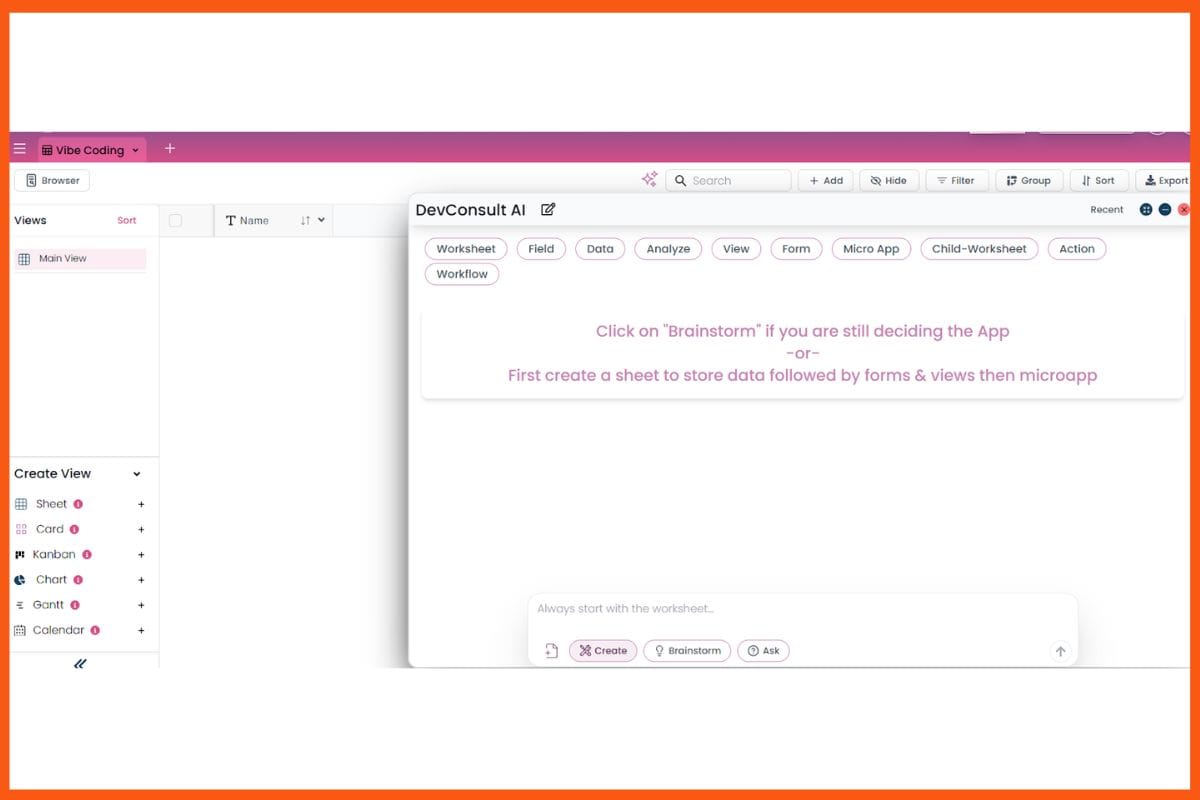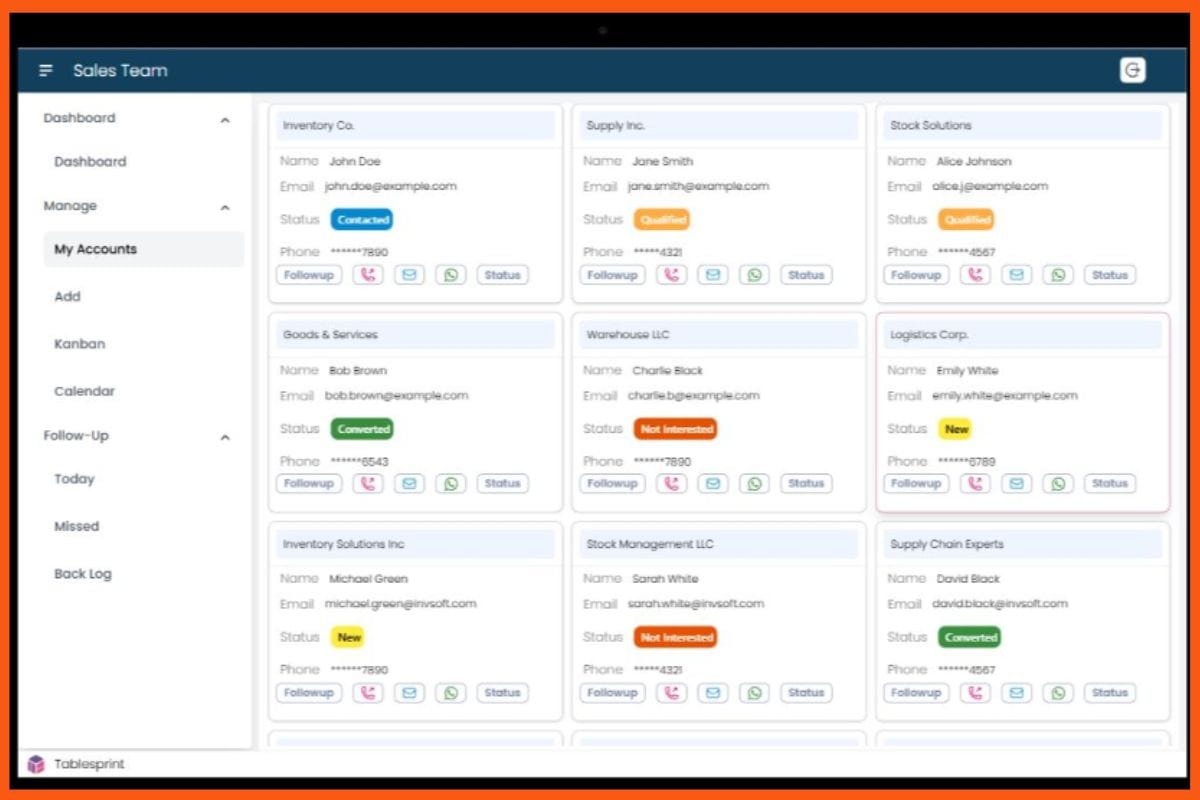This article has been contributed by NagaSanthosh Josyula, Co-founder of TableSprint.
Technologies that demand the least human abilities in implementation have the highest chance of success in adoption. Programming, till the very recent past, has been considered a language much different from human language. For the past few decades, students and professionals have spent significant efforts in learning programming languages. However, coding a business application still remains a complex task that requires relatively higher technical skills than what is available in the market. According to estimates by the U.S. Labor Department, the global shortage of software engineers may reach more than 85 million by 2030.
The Push for Business Digitization and the No-Code Opportunity
On the other hand, the need for digitization of business services and applications is increasing rapidly and continuously with exponential technologies. This trend is not specific to one particular segment or industry. Starting from schools and educational institutions to enterprises with complex business operations, digitization of services and processes has become an accepted norm. Irrespective of the demand, unfortunately, the failure rate of digital transformation projects is quite high, more than 30%. Many projects also go through significant delays. Thus, organizations are hopeful towards the no-code digital transformation approaches that are less risky, fail fast but grow robust, scale beyond proof of concepts and small teams.
From Traditional No-Code to Chat-Based Vibe Coding
No-code application development is not a new phenomenon. It has been in the market for decades. Products such as Oracle and Salesforce have had their no-code applications for a long time. However, the current wave of chat-based no-code application development is very different. It is no more about drag and drop or click and drag but is about idea to creation. The common perception that the no-code platforms are not suited for complex applications is fast changing. With vibe coding platforms such as TableSprint, teams are building enterprise applications at speed. Months of development time are now reduced to days or sometimes hours.
AI in the Application Lifecycle
If we go back in time and look at any software development 101 course, there would be a standard process for the development of an application. Some of the common steps would be writing product specifications, creating wireframes and prototypes, development, testing and deployment. The specifics of the steps and the sequence may vary but there was general agreement on the process and tools to be used. Fast forward to today, we see most of the steps in the application lifecycle to be driven by AI. The important question is, “What is the better way for AI to be embedded in the application life cycle?”
Natural Language and Purpose-Driven Development
AI does not have a purpose of its own. Individuals, teams and organizations do have their purpose. Their purpose is better articulated in natural language than a coded language. With vibe coding or chat-based application platforms, the flow of thought to describe the purpose of the application need not be restrained. This dramatically reduces the cognitive load on the stakeholders involved in the application lifecycle. More than that, it has better chances to reduce the misfit between the end application and initial requirements. Further, changes in requirements can be accommodated with relative ease.
A CRM Use Case with TableSprint
Consider the case of a business head who wants to create a CRM to improve the customer experience and increase future prospects. A typical process would have been to prepare a lengthy requirements document, have multiple discussions with potential vendors, ask for proof of concepts, negotiate, convince internal teams for adoption and so on. All these steps demand much energy and their own set of talent and skills. Such a process would become a barrier to integrating innovation into the organisation. Now, let us imagine how such CRM can be built through a vibe coding platform. For demonstration purposes, we will use the chat interface of TableSprint.

At the bottom part of the chat interface, there are three options provided.
- Create
- Brainstorm
- Ask
The app creator can start with any of the three options depending on the stage of the app development lifecycle they are in. For example, if they are still deciding on the features of the application, brainstorming is an option to pursue. Here, the platform acts as a peer and expert where they can interact and define the features, fields and architecture of the application. The output of the brainstorming activity will be a product specifications document, including the technical details required for the developer.
On the other hand, if the developer has complete clarity on the features and requirements of the application, create will be the option to continue with. The complete CRM can be created for deployment using this functionality. The database, followed by the views and workflows can be configured. All of this is not without a learning curve. The ask feature lets the users ask any specific questions as they are creating the application. This ensures that the learning is integrated with the development journey, reducing the load on memory-based thinking. Below is the desktop view of CRM created through such a chat.

Expanding Chat-Based App Ecosystem
Chat-based application development is becoming more and more reliable with specialised tools and platforms coming up for different types of applications and different parts of the application life cycle. For example, platforms like Replit are being used to quickly create UIs for websites and prototypes for applications. Products like Airtable are also providing chat interfaces for the tasks that were previously done manually. TableSprint provides a platform to chat and build enterprise applications at speed.
The Path Forward for Businesses
The pace at which chat-based application building is being adopted by individuals and organisations confirms the ease of use of this approach and the excitement of creators to innovate. As the platforms are becoming better at addressing the questions around security, scale and privacy of data, their integration into the mainstream app development for businesses is also happening faster.


Leave a Reply